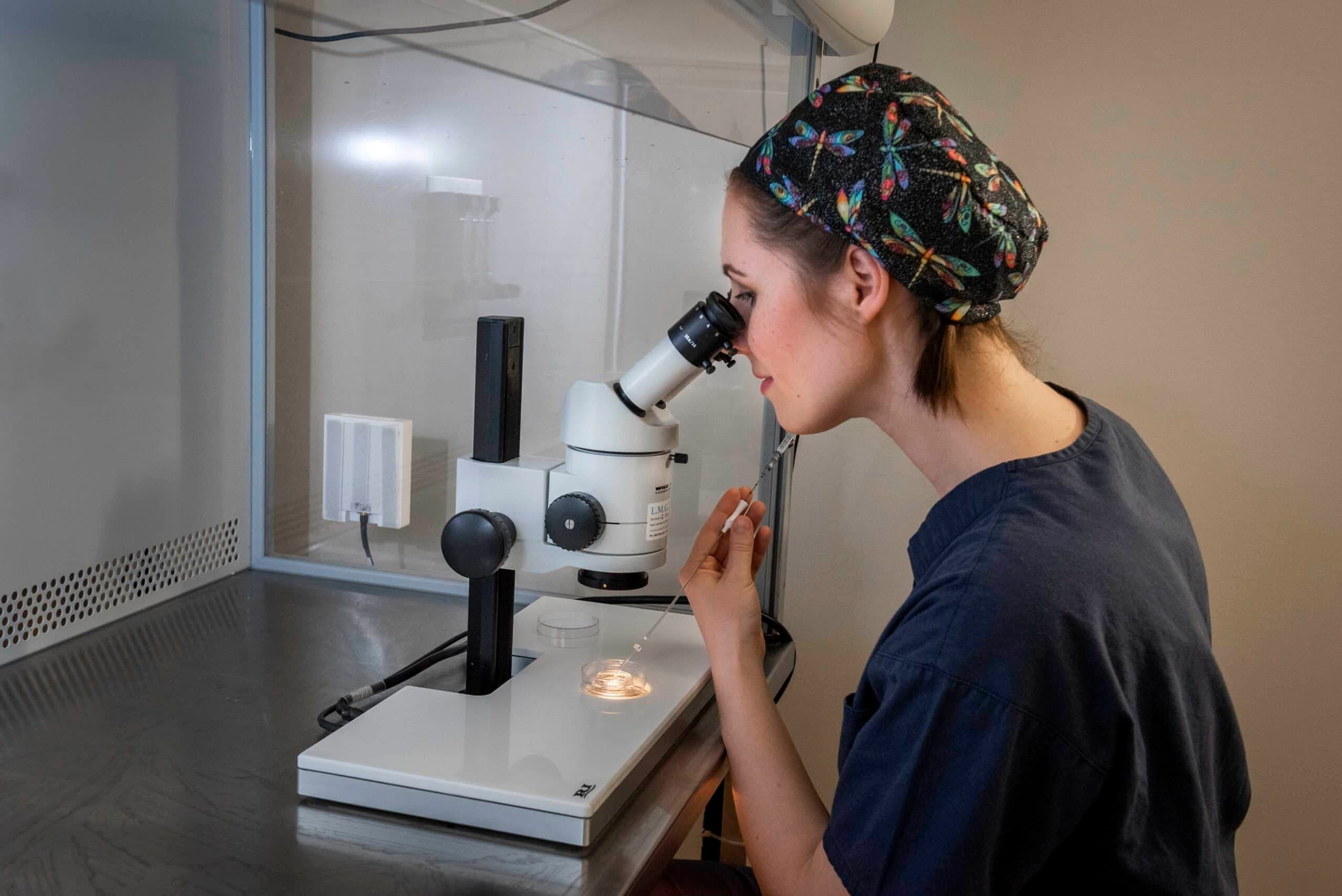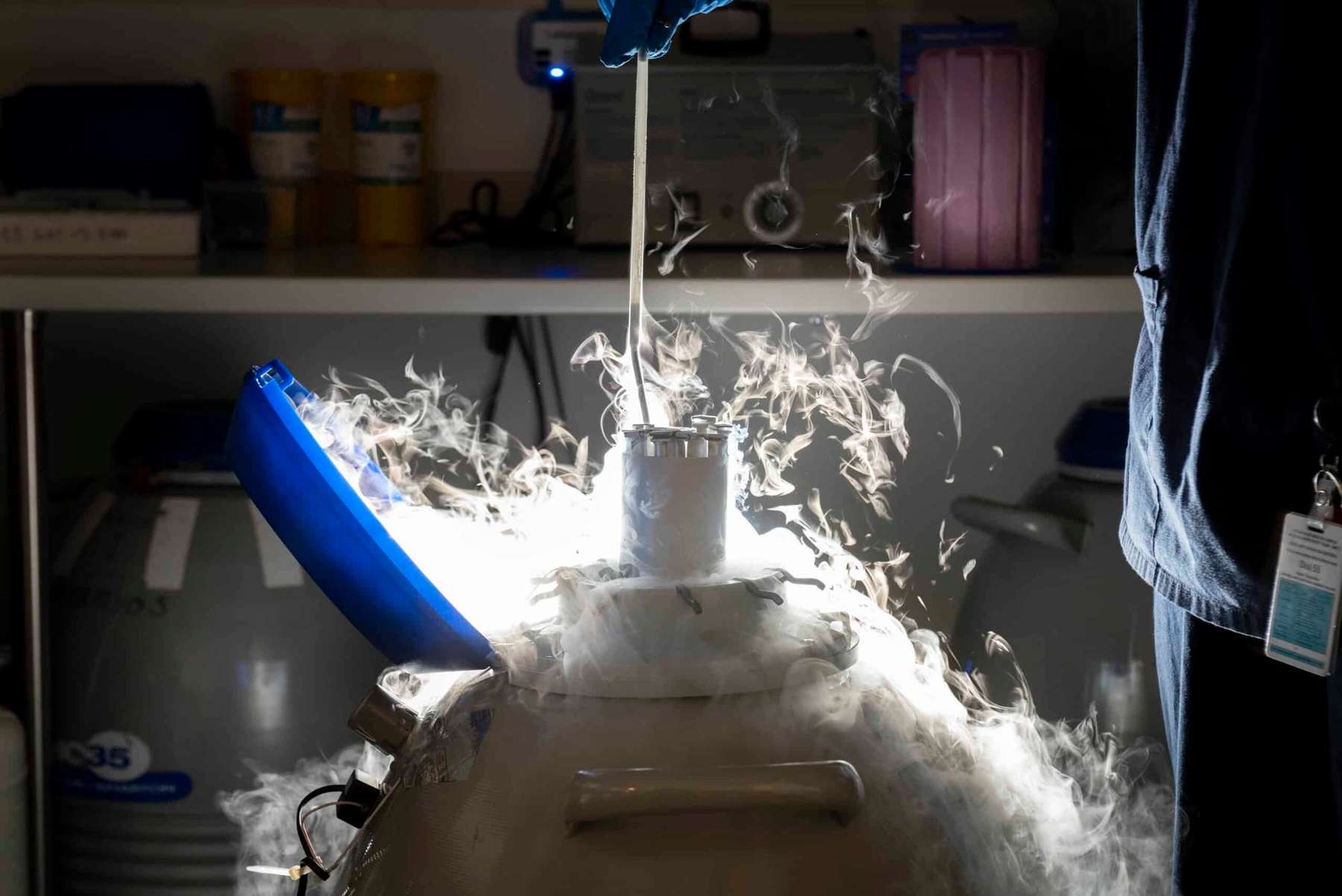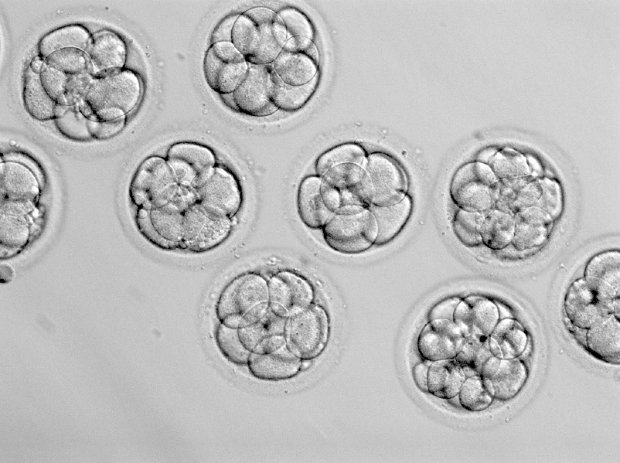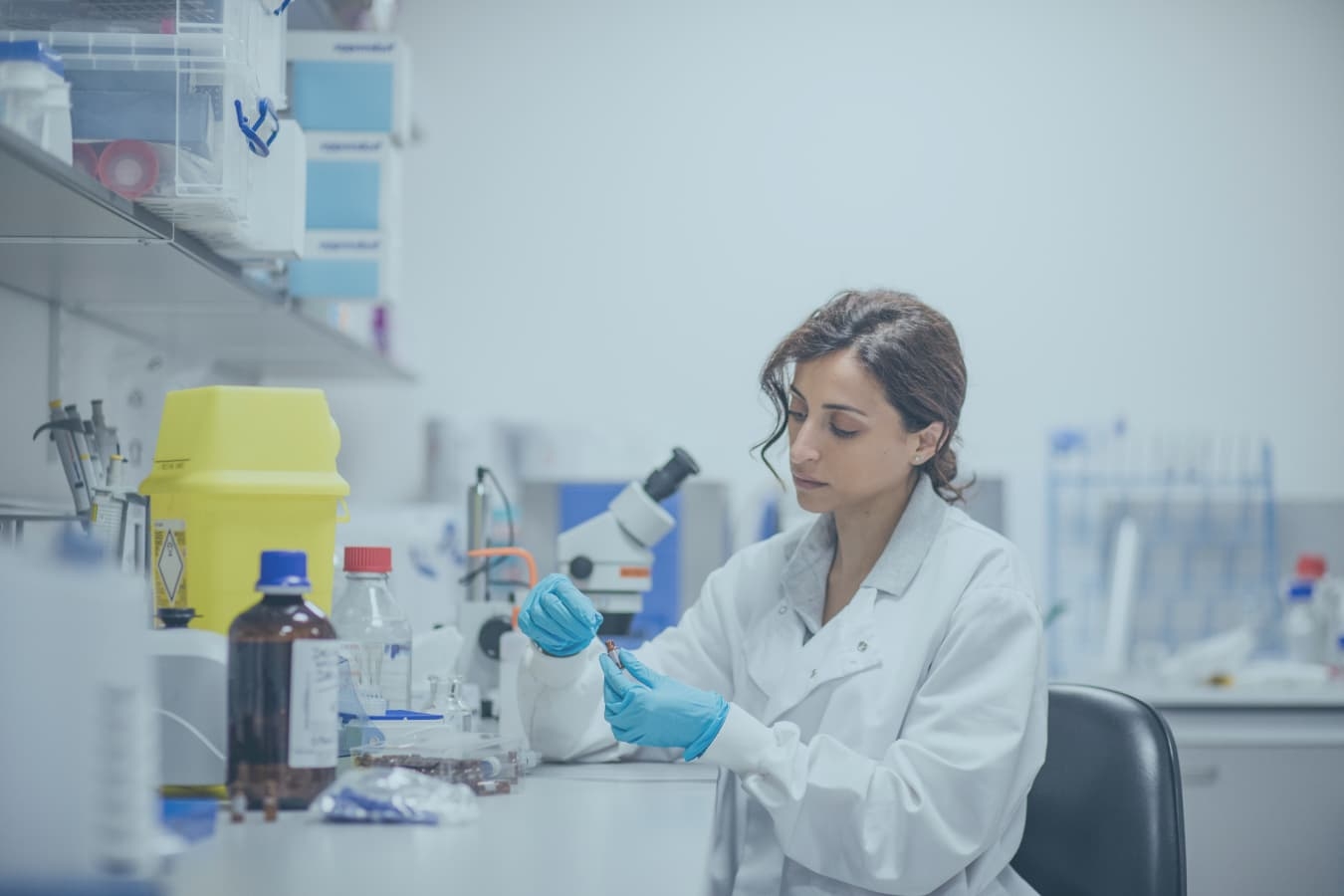Resources
What to expect in your first month of IVF
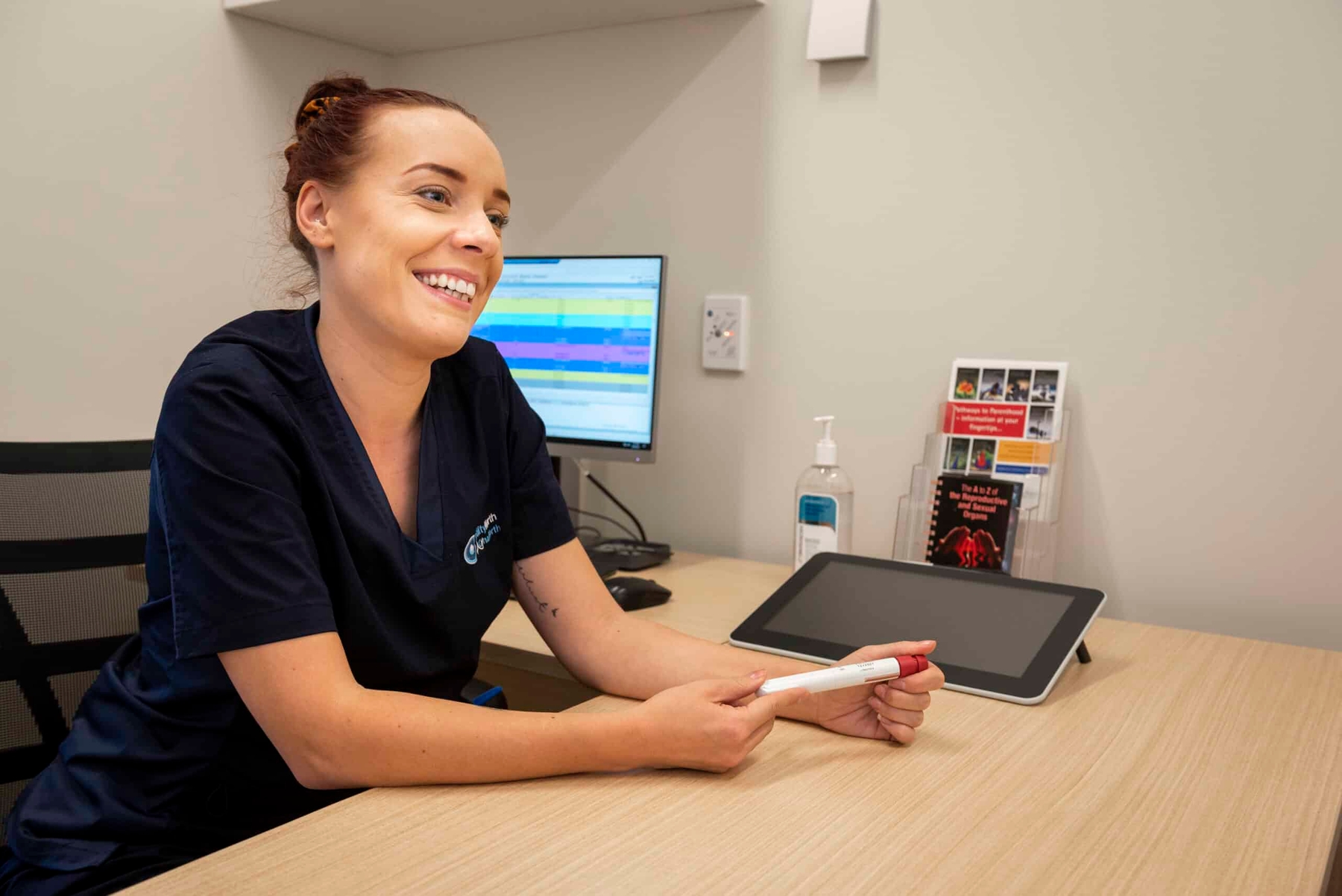
In-Vitro Fertilisation (IVF) can be an exciting but also daunting prospect, with physical, financial and emotional costs to consider. It’s important and reassuring to understand exactly what to expect before you undergo treatment. In this post, we will walk you through your first IVF cycle.
The 6 stages of IVF
In the IVF process, eggs are taken from a person’s body, fertilised in a lab and one or more embryos are placed back into the body, in the hopes of falling pregnant. IVF is a recommended treatment for people having trouble falling pregnant due to tubal blockage, endometriosis, PCOS and other conditions, or for those who have had previous unsuccessful ovulation induction or artificial insemination.
The IVF treatment process can be broken into six distinct stages:
- Controlled Ovarian Hyperstimulation (COH)
- Trans Vaginal Oocyte Aspiration (TVOA)
- In-Vitro Fertilisation
- Embryo Culture
- Embryo Transfer (ET)
- Monitoring and Support
The first month of your treatment is mostly in the Controlled Ovarian Hyperstimulation (COH) stage, which aims to stimulate the ovaries to produce multiple follicles. The longest stage in the IVF process, COH can last up to three weeks, with the other stages following quickly after. This can be a challenging time for people balancing work commitments with the many necessary appointments required in this stage of treatment.
What is the goal of COH?
In the COH stage – as with ovulation induction and artificial insemination – hormones are used to stimulate your ovaries. COH is sometimes referred to as superovulation, as the goal is to produce multiple eggs rather than the one usually produced during a person’s menstrual cycle. This increased number of eggs provides a greater chance of successful pregnancy.
A timeline of your first IVF cycle
Your IVF treatment is deeply personal, and what your first month will look like depends on a variety of factors including your fertility treatment history, your response to stimulation, your fertilisation result, the progress and development of your embryos and what best suits your individual circumstances.
In all cases, your IVF treatment starts with a doctor’s appointment, followed by an appointment with a nurse. During these consultations, you will thoroughly plan your treatment and can ask any questions you might have about the process. This is also when you will give your consent to undergo IVF.
Stage 1 – Controlled Ovarian Hyperstimulation (COH)
When your period starts, you call the clinic and arrange to have your first blood tests for fertility. You are taught how to administer your medication and may even receive your first dose on that day. For the following week to three weeks, you administer your own medication each day. During this time, you may be required to visit the clinic for regular ultrasounds and blood tests – as often as every second day.
Stage 2 – Trans Vaginal Oocyte Aspiration (TVOA)
If you are undergoing IVF, with or without ICSI, this first period of hormonal stimulation is followed by an injection to trigger egg release. This stage of the IVF process is known as Trans Vaginal Oocyte Aspiration (TVOA). Your eggs are then collected in a short procedure either under general anaesthetic in an operating theatre, or under local anaesthetic in our treatment room.
Challenges in your first IVF cycle
Your first IVF cycle requires a commitment to regular appointments, hormone injections and regular communication with your IVF team. Add to this the challenge of navigating work, and many people find the process overwhelming. This can be much more manageable with a good understanding and anticipation of these challenges.
Administering hormones
During the COH phase, you will use a hormone called Follicle Stimulation Hormone (FSH) to stimulate your egg production. You will be responsible for administering your daily dose of hormones, using an injection pen. The frequent ultrasounds, blood tests and appointments with our team are all to monitor how your body is responding to these hormones.
Responding to COH hormones
Your body may respond either too much or too little to the hormones. Too much stimulation is known as Ovarian Hyperstimulation Syndrome, a condition that can cause so many eggs to develop that your hormones increase to a toxic level. Pregnancy can make this dangerous situation worse, so if Ovarian Hyperstimulation Syndrome occurs, embryos are frozen, and this round of treatment is cancelled to protect you.
Conversely, too little stimulation can result in too few eggs being produced, which can also result in the cancellation of your treatment, or the collection of only a small number of eggs for fertilisation.
Navigating work commitments
The frequent early-morning appointments, blood tests and hormone injections – plus the generally unpredictable nature of fertility treatments – can take their toll on people who also need to juggle work commitments. Managing work while undergoing IVF can be done, but it does requires some flexibility, whether that’s the ability to work from home or to adjust work schedules to fit in morning appointments. Choosing a fertility clinic near to your home or work can help minimise the impact that treatment can have on your day.
Next steps
Following the first stages of treatment, during which your ovaries are stimulated to produce a number of eggs (COH), and egg release is triggered (TVOA), Stages 3 to 5 happen very quickly. After your eggs have been retrieved, they are inseminated in the lab, and left overnight to culture. This is Stage 3, the stage that gives the whole procedure its name: In-Vitro Fertilisation.
Over the next 1-6 days, your eggs are examined to check for fertilisation and your embryos are carefully grown in the laboratory (Stage 4, Embryo Culture). Stage 5 (Embryo Transfer) takes place anywhere between day 1 and day 5 or 6 in accordance with the progress and development of your embryos, with any suitable extra embryos frozen for future treatment. The embryo transfer is a short procedure, not too different from a cervical screening test. After your embryo transfer, there is a two-week waiting period with regular hormone support and monitoring throughout (Stage 6), at the end of which, you take a pregnancy blood test to determine if the treatment has been successful.
At Fertility North, we understand the challenges of IVF and the concerns you may have about embarking on the treatment. We believe that fertility treatment doesn’t have to be a rollercoaster of emotions, and we can help you make the right choices for your treatment. Learn more about our IVF prices, or get in touch with our friendly administration team to start your fertility journey with us.


